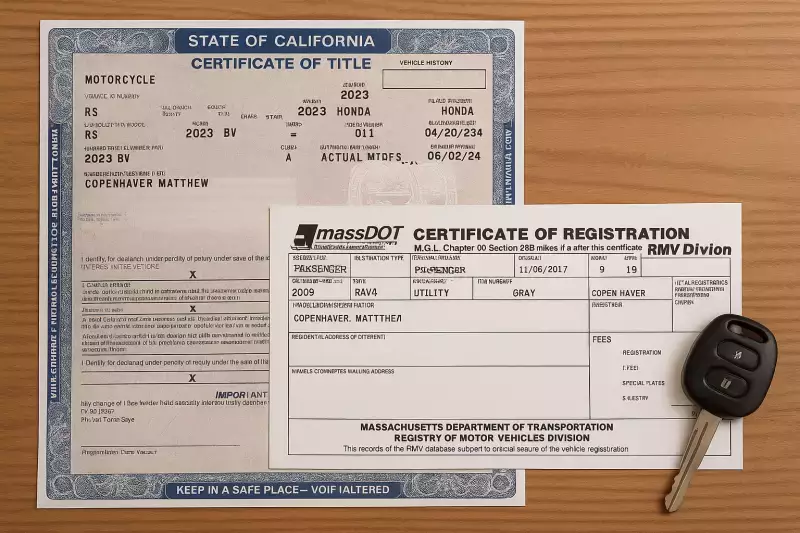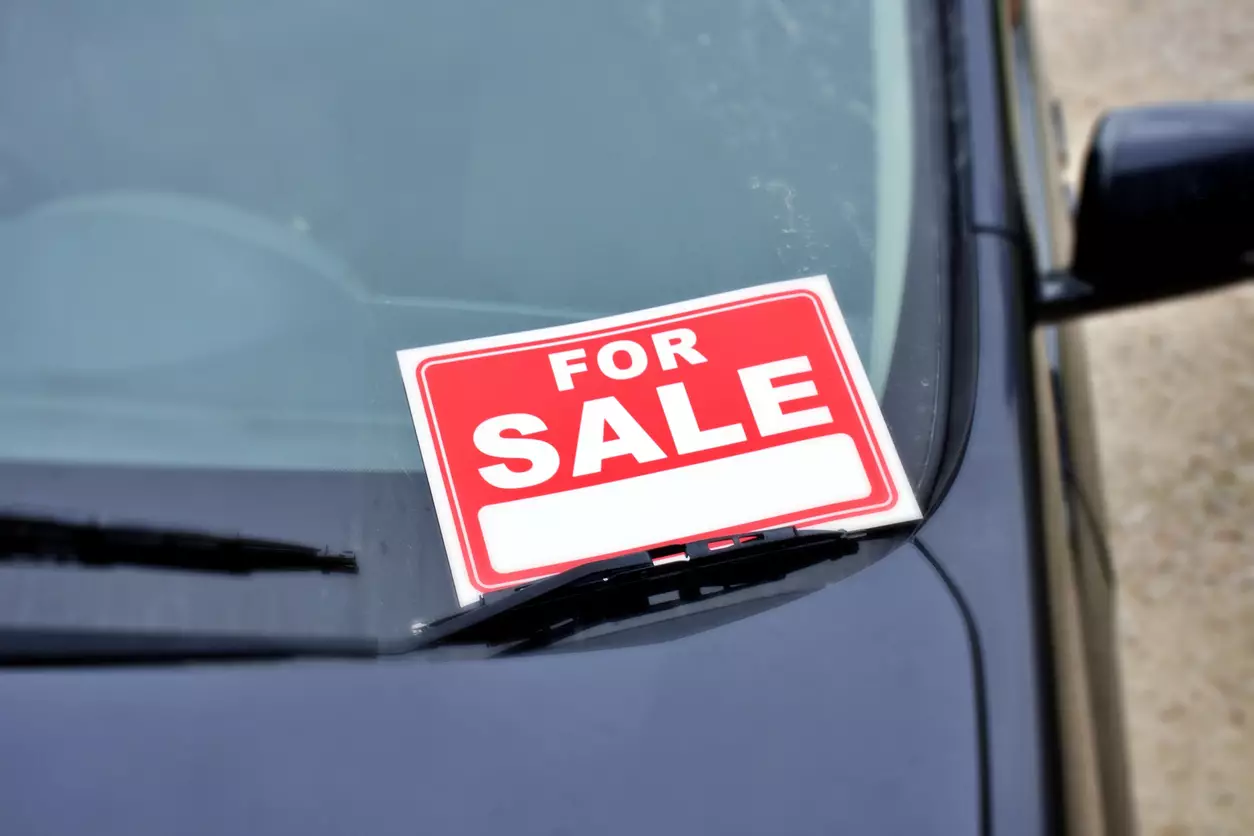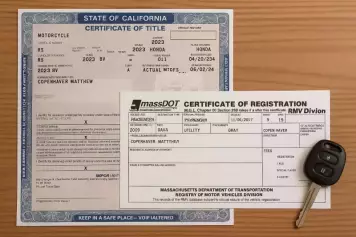Calculating engine size or displacement requires the user to understand a few technical terms and concepts. Engine size is calculated by measuring the bore (inside diameter) of a single cylinder and then multiplying that figure by the total number of cylinders.
Think of engine displacement, usually measured in liters (L) or centimeters (cc), as the size of a combustion chamber (enclosed space within an engine) where air and fuel are mixed and ignited, producing power and driving the engine.
Buying a used or new car requires a knowledge factor to make the right decision for you and your family. Ask yourself, “will the majority of our driving be commuting, short-term sightseeing, or long-term travel while towing a boat or camper?”
It is vitally important to know the vehicle engine size and match your driving habits with the right powerplant. Towing heavy boats and trailers will often burn out a smaller four or six-cylinder engine. Buying a sizable eight-cylinder engine for commuting to work will burn more gas and oil and waste resources.
Several locations exist on the vehicle and in the documentation that describes the engine, its size, and its capabilities. Decide on your needs first and then the right engine size!
Why Does Car Engine Size Matter?
When it is time to buy a new or used car or truck, it is important to know the car engine capacity and its specifications. Large engines burn more fuel, while smaller displacement sizes are more fuel-efficient and generally are cheaper to maintain.
Large Displacement:
- Large displacement engines, such as a V8 or V12, allow for higher capacities of the fuel mixture for ignition, which translates to more power.
- Higher capacity engines burn more fuel and air, which means more power; however, larger output also translates into higher emissions, more smog, and burnt resources.
Small Displacement:
- Smaller displacement engines, which include the V6 and V4, offer the driver better gas mileage and lower maintenance costs.
- If your primary goal is fuel economy, a four or six-cylinder engine size will be more efficient. Towing heavy loads such as a boat will overtax the engine, possibly causing significant damage.
Where is The Engine Size Located?
The engine displacement can be found in several places, depending on the make, model, and also car documentation that should be readily available.
- The first place to look is on the driver’s side door post or A-pillar about halfway down. The car engine size and other valuable information will be located on a plaque or stamped into the post. Some vehicle makes and models have the car engine size stamped into a plaque on the driver-side dashboard along with the VIN.
- Car engine size will always be etched into a plaque under the hood, near the front of the vehicle at the radiator, or on the hood itself. A plaque attached to the firewall of the engine compartment will have the displacement and other valuable information.
- The owner’s manual offers plenty of details on the vehicle’s engine size, cylinder layout, fuel consumption, and recommended fuel type. Search the sections titled “specifications’ or “engine information.”
- Some manufacturers place the VIN in the glove box, under the spare tire, and on the engine block. Consult with the owner's manual to become familiar with each location and the car engine size.
How To Find The Engine Size With The VIN
The most common way to find the exact engine size and type is by the vehicle identification number (VIN) , a 17-digit code. The most common location of the VIN is on the driver’s side dashboard, visible through the windshield.
To find the size of your engine, you will need to check the manufacturer’s website or use a reliable VIN decoding tool like the one offered by GoodCar.
- Focus on the eighth character of the VIN, scanning from left to right. This character will give you the exact engine size and type that is in your vehicle. Characters four through eight describe the specific vehicle in detail.
The Monroney sticker or MSRP sticker on a new car will always display the VIN. The 17-digit code is always near the top in the section where the vehicle description is given. Always tell the dealer you want to save the Monroney Sticker for future reference.
Is a Higher-Liter Engine Better?
Higher displacement engines produce more power and low-end torque for heavy towing jobs. However, bigger engines invariably consume more gas and oil, making them expensive to operate.
Driver need is the critical factor when deciding on engine size. Modern automotive technologies have changed the dynamics when describing powerful engines. Four and six-cylinder output engines no longer are the small and inconsequential powerplants they used to be. Some high-technology manufacturers are producing horsepower and torque ratios in four and six-cylinder engines, greater than or equal to an eight-cylinder.
In the same line of thinking, large-liter engines have become more fuel-efficient while maintaining their power and torque.
Before negotiating on a used vehicle, you must access a quality vehicle history report for reference. These reports detail every significant event that has happened to a used car or truck. Prospective owners will find the engine size by VIN prominently displayed in each report.
Always have a reputable VIN decoder application handy when shopping. Every automotive builder will have a decoder on their website, and there are dozens of new decoder applications scattered around the internet.
Knowing the exact engine size of a prospective vehicle and how it fits your needs is vitally important. Buying an eight-cylinder car when all you need is a four or six-cylinder vehicle will create a money pit. If the car has been financed, it will be challenging to get out from under the obligation in the first few years. Buying a four-cylinder vehicle when you need a powerful eight-cylinder creates the same money pit.








![Best Sites to Check a Car’s History [2025 Review]](https://media.infopay.net/thumbnails/K8lMeG2QLjE46LPqZlmoi6SunKKdT5qvlaRZk6e1.webp)










![Best Sites to Check a Car’s History [2025 Review]](https://media.infopay.net/thumbnails/K8lMeG2QLjE46LPqZlmoi6SunKKdT5qvlaRZk6e1-w356.webp)
